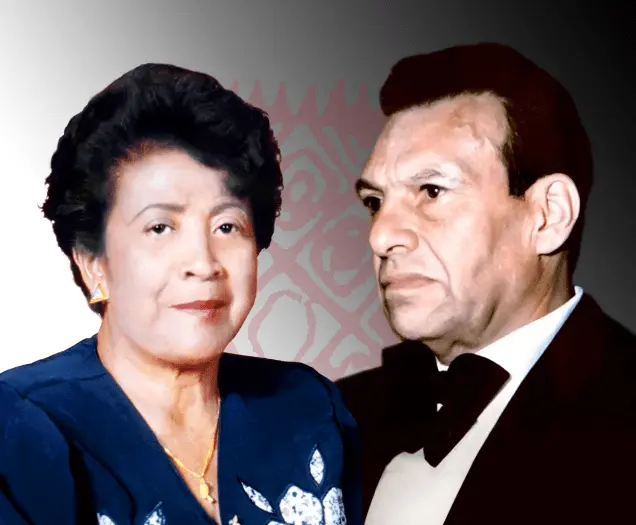Bienvenida
Esta es la segunda vez que un evento de gran magnitud, como lo es un Congreso Internacional, se lleva a cabo fuera del ámbito de las Américas o de Europa. Por tal motivo, los estudiantes de Australia agradecemos profundamente el honor de recibir la confianza de la Sede Mundial para llevar adelante la organización del 2º Congreso Gnóstico de Australasia.
Geográficamente, Australia se encuentra a las puertas del gran continente asiático y sin duda, un evento de este tipo va a fortalecer el impulso que los Maestros generan desde los mundos superiores, para que la Enseñanza Gnóstica pueda penetrar victoriosa en el continente asiático.
Los congresistas extranjeros, tendrán la oportunidad de apreciar el extraordinario crisol cultural de este país, donde una gran variedad de pueblos conviven de forma armoniosa y civilizada. Esta alianza cultural se convierte en oro de los baluartes que servirán para que la Enseñanza Gnóstica de los Venerables Maestros Samael y Litelantes, adquiera presencia en el continente asiático.
Existen significativas diferencias entre lo que se ha denominado como las culturas del Este y del Oeste del planeta. Resulta obvio que debe de haber un proceso de adaptación, para que la Gnosis de los Maestros, pueda ser asimilada y entendida por personas que se han desarrollado dentro de corrientes culturales y religiosas diferentes.
Confiamos en que la celebración de este Congreso, junto con la participación de todos ustedes, va a redundar en que la cristalización de la Voluntad Suprema se dinamice tanto en Australia como en toda esta región del planeta.
¡Les damos la mejor de las bienvenidas y muy sinceramente les agradecemos su participación en este Congreso!.

Recordamos a los Congresistas Internacionales que es obligatorio traer Seguro Médico y Visado.
Ponemos a su disposición un Área del Congresista, a la cual deberá acceder con una contraseña y donde encontrará información más detallada del Congreso.
